‘It’s not just buildings that are abandoned. It’s memories and emotions; entire chapters of lives left unfinished’
“Varosha currently stands at a crossroads between decay and renewal.
“Will it remain a relic – an open-air museum of abandonment – or will it be reborn through cooperation and reconciliation?”
These words carry immense weight. Not just for what they say, but for who is saying them. Because this speaker is not Cypriot. He has no ties to this island. No familial roots in Famagusta. No childhood memories of beaches now out of reach. And yet, even he – a complete outsider – can see what’s at stake.
Meet Shane Thoms, one of the world’s leading photographers of abandoned places.
His work has been featured in VICE, CNN and The Daily Mail, praised for its evocative composition and the raw emotion it conveys. He’s captured the eerie stillness of Chernobyl, the faded grandeur of Japan’s forgotten theme parks, and the haunting silence of shuttered industrial towns in Australia.
But Shane isn’t just documenting decay – he’s telling the stories of places left behind, holding space for what once was, and asking what still might be. This photographer sees not just ruined buildings, but interrupted lives. Not just silence, but stories still waiting to be told.
And in Varosha, he found a place that speaks louder in its stillness than most cities do in their noise…
“Varosha feels suspended in time, not just because of what happened, but because of what hasn’t happened since. The silence there isn’t just environmental. It’s political.”
The abandoned town feels different, is different, he adds, from many of the other places he’s photographed.
“Pripyat was deserted in the wake of the Chernobyl disaster – an invisible, radioactive threat forcing immediate evacuation; the same goes for the coastal Japanese townships of Futaba and Namie in Fukushima. Plymouth in Montserrat was slowly swallowed by the volcanic ash that rendered the area unliveable. And cities like Detroit or Gary, Indiana, tell a story of economic decline, where a reduced population still lives among the remains of what once was.
“But Varosha’s abandonment was driven by political and military conflict,” he notes. “So these aren’t just abandoned buildings – they’re part of a lived and often painful history.”
For five days in February, taking photos from nine in the morning to five in the afternoon, Shane documented Cyprus’ ghost town.
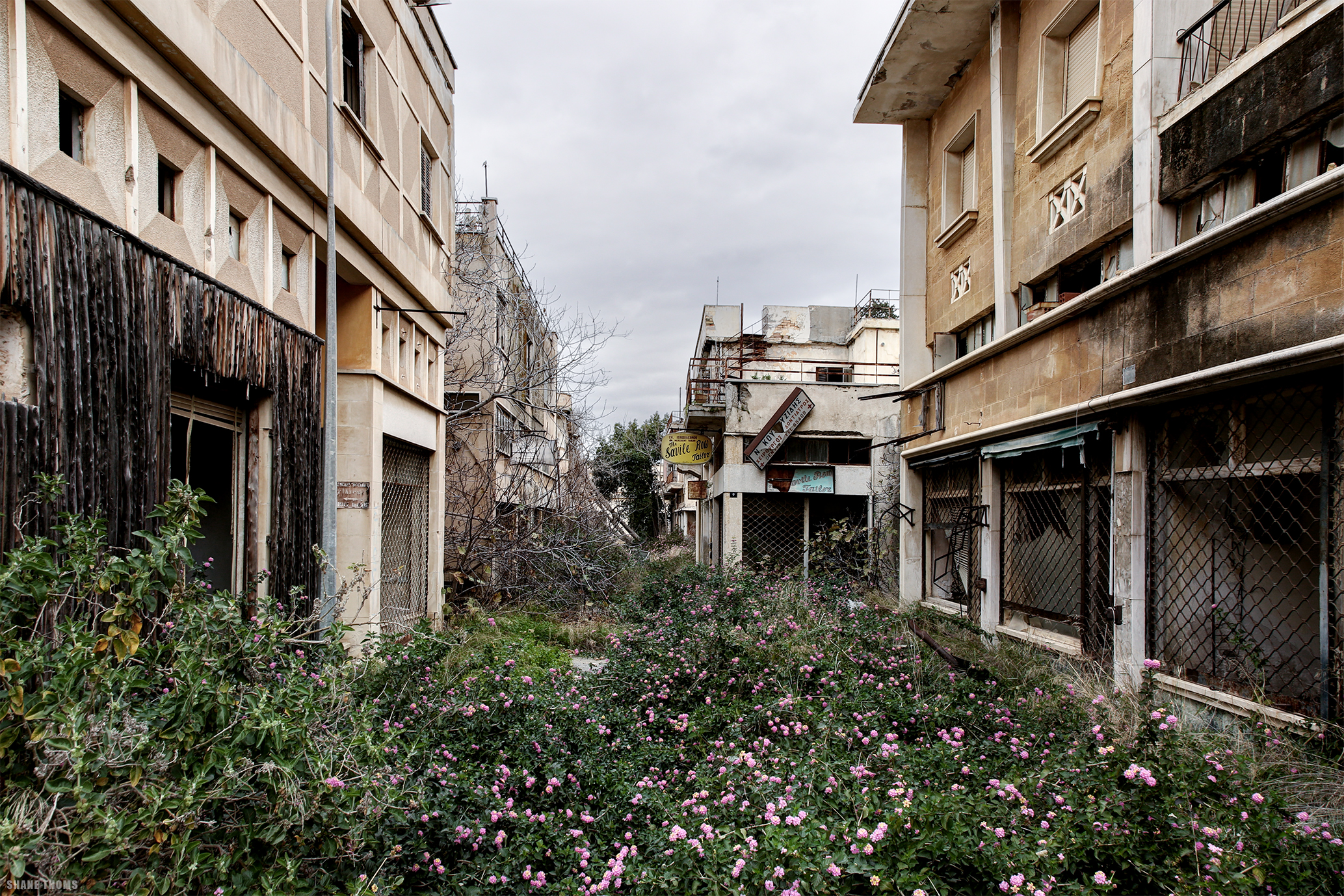
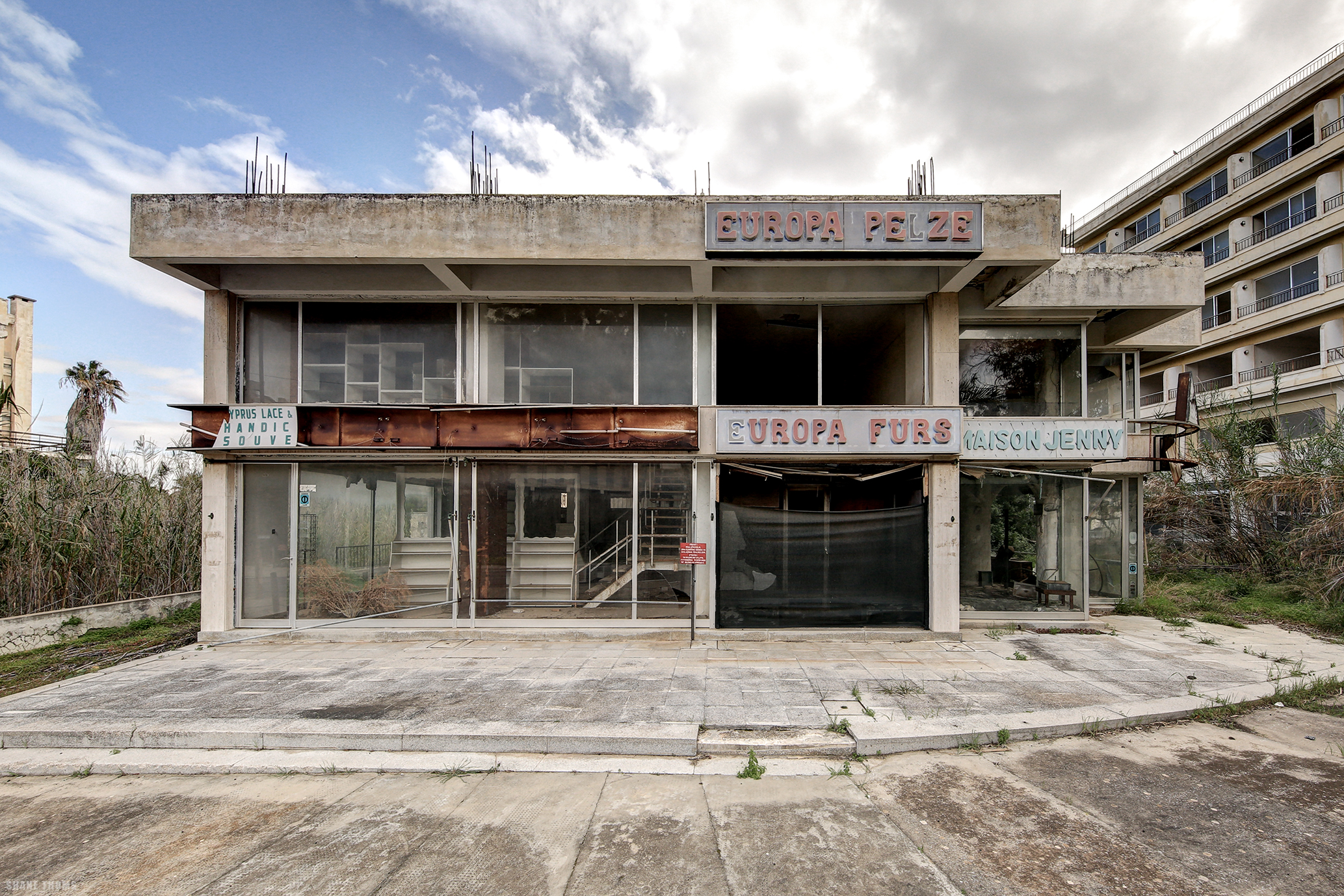
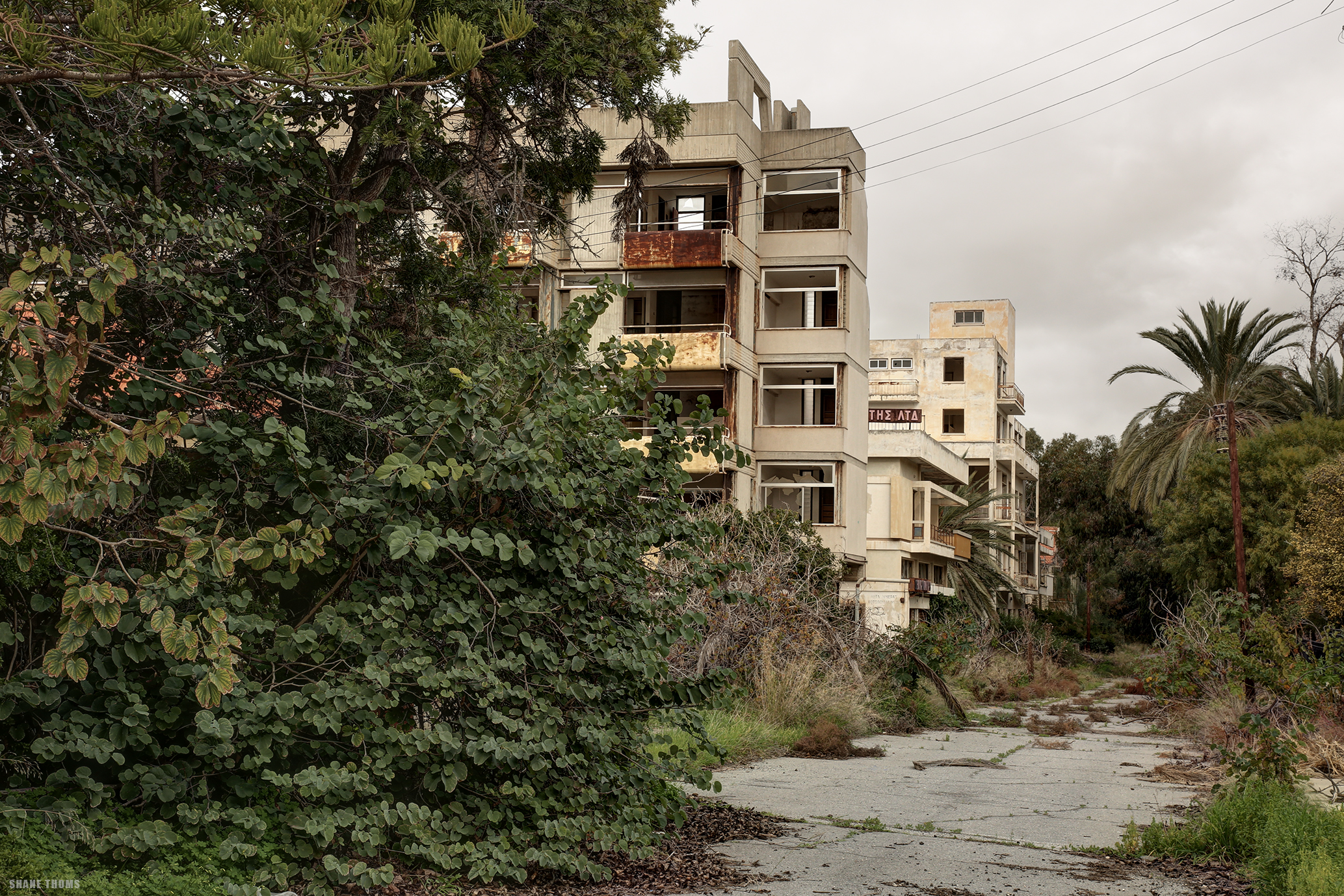
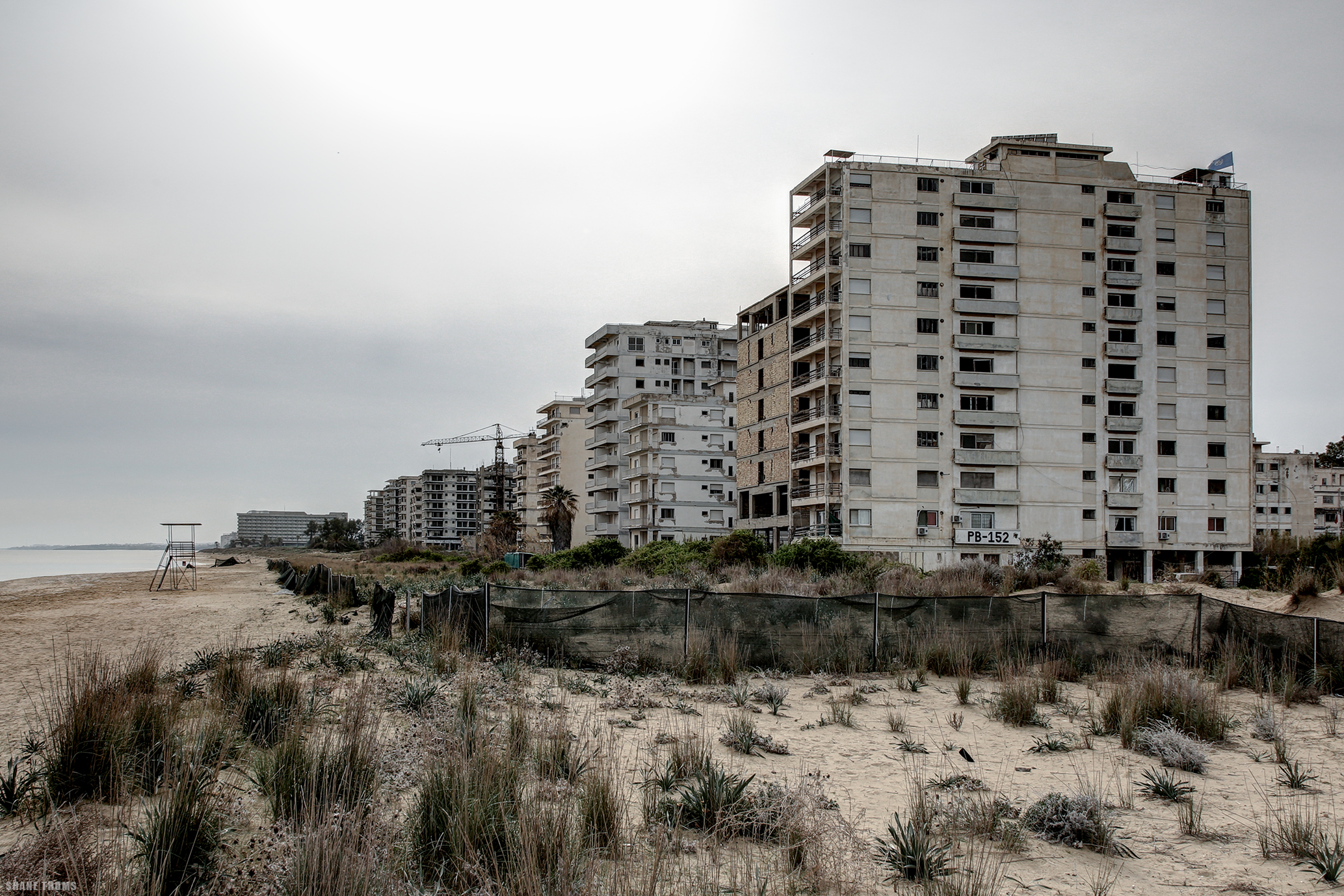
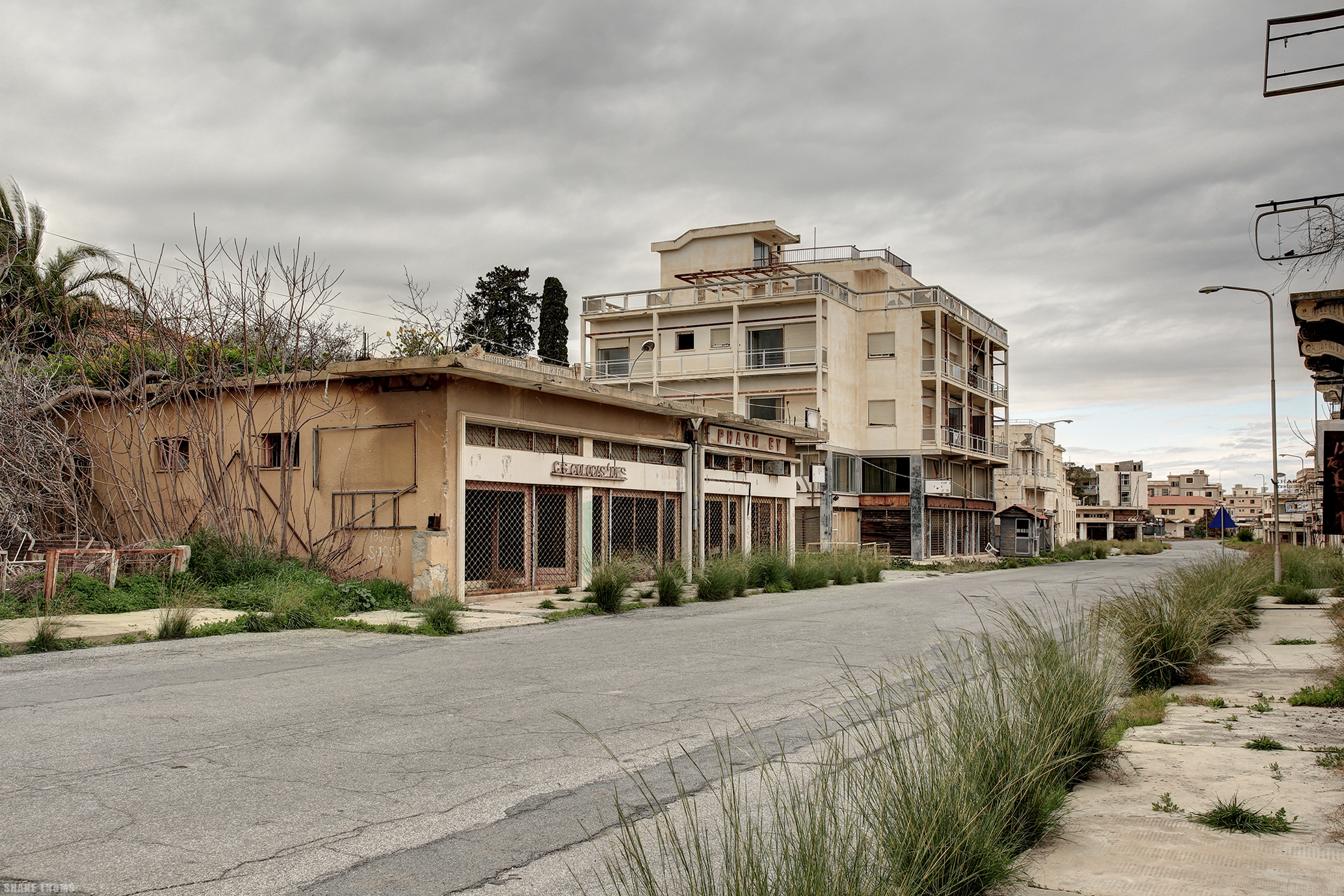
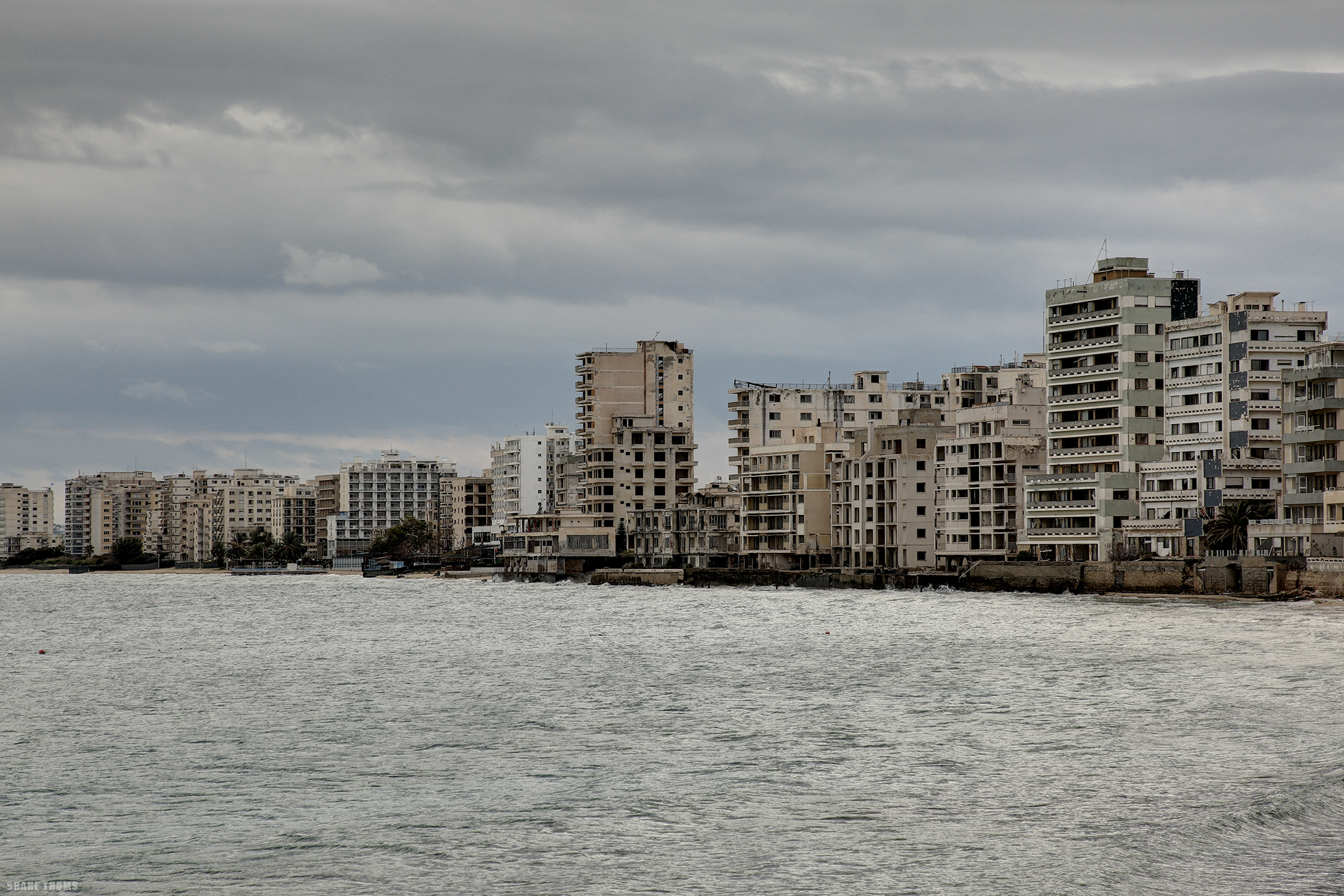
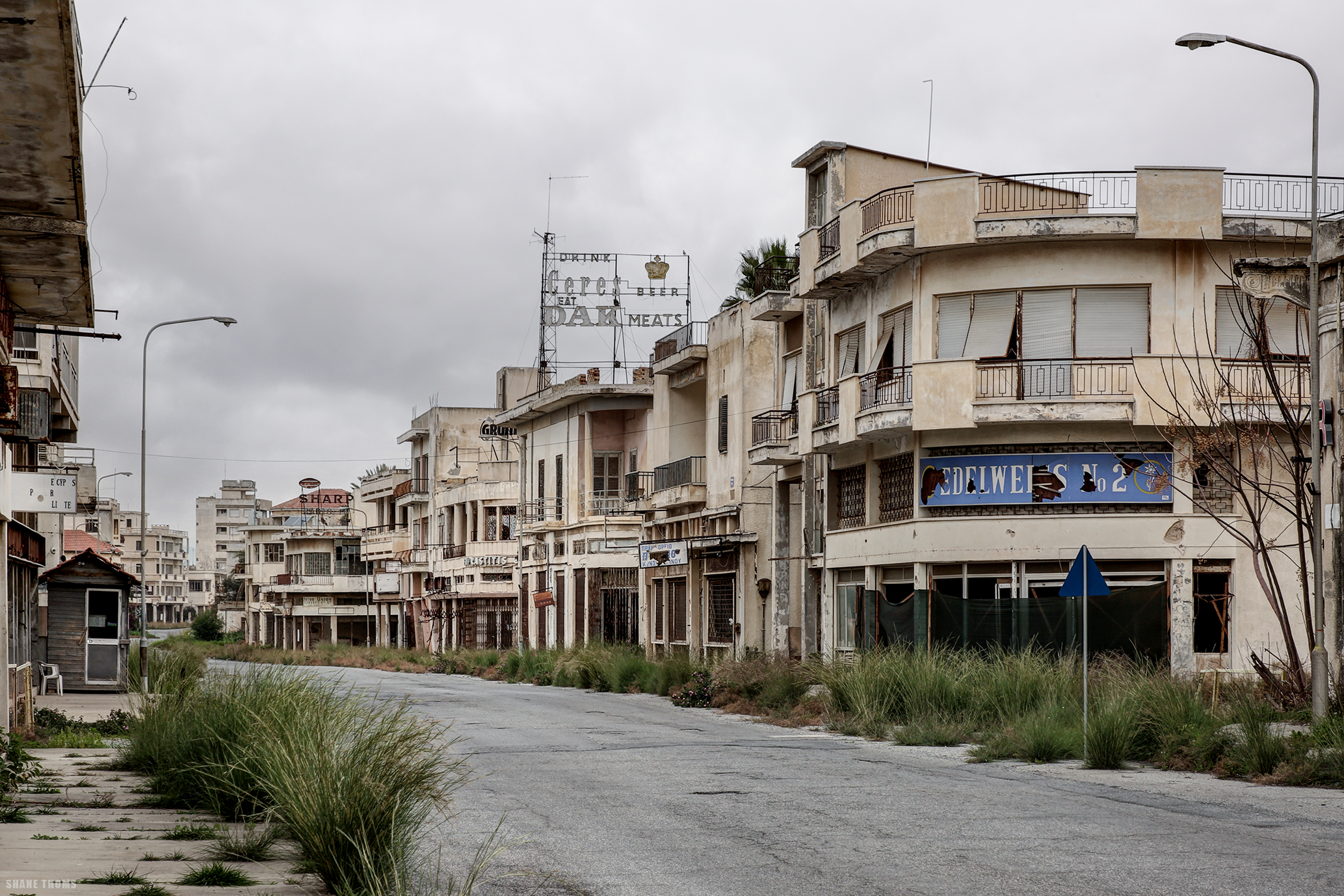
Under overcast heavens – “for me, the moody skies echoed the sombre atmosphere of the place: the stillness, the sense of loss” – the photographer captured a series of mesmerising, one-of-a-kind images. Pictures that reflect not just the crumbling façades of a once-vibrant town, but the emotional weight of its long silence.
Here we see long-deserted shops, their sun-bleached signs still advertising fashions from half a century ago; there, the sign for Edelweiss (a once popular café) holed and broken. A former school stands silent, its façade dominated by the giant flags of the occupying forces. And a decaying commercial building still bears a large Toyota sign, stark against the grey sky – a strangely intact reminder of everyday life, now long gone.
“Varosha,” says Shane, recalling his visit, “has a deep sadness; a haunting contrast between the natural beauty and the absence of human presence.
“Such stunning coastline – wide, golden beaches with crystal-clear water. But now framed by rows of lifeless buildings: dark, hollow windows looking out on wide, golden beaches with crystal-clear water where families holidayed, music drifted from balconies, life was lived and enjoyed.
“An old, weather-worn sign for a disco; profoundly melancholic in its faded cheer. Once a space of joy, connection, freedom, where people danced, flirted, celebrated; a symbol of what Varosha was, what it could have been.
“In Varosha, it’s not just buildings that are abandoned,” Shane notes wisely. “It’s memories and emotions; entire chapters of lives left unfinished.”
Unlike places overtaken by nature or neglect, Varosha carries the unresolved weight of division and displacement, he suggests.
“You can see, feel, that this is not just a tale of decay. It’s a story still waiting for closure. And walking through the town, I felt less like an explorer of ruins and more like a witness to a frozen conflict, one where lives were paused mid-sentence and never resumed.”
Coming from someone who documents the world’s forgotten places, these words are particularly striking.
Shane, although surrounded by Cypriots in his native city of Melbourne, has no specific ties to the island – no ancestral home to mourn, no family stories bound to its beaches or streets.
And that makes his Varosha images – the way he’s captured something so many of us feel: a quiet ache for what was lost, and a fragile hope for what might still be reclaimed – all the more remarkable.
Here, one realises, is not someone who simply snaps a few shots and moves on. Instead, Shane seeks to deeply understand the places he visits: listening, researching, immersing himself in the emotional and historical layers that define each location.
In Cyprus, that meant developing close connections with people on both sides of the divide helped Shane see the deeper issues – and the possibilities – beyond the silence…
“Varosha,” Shane concludes, “stands at a poignant crossroads. It can either remain a silent monument to division or become a powerful symbol of reunification.
“Whether it becomes a symbol of unity, a revived coastal destination, or a preserved ruin that warns against the costs of division, the town’s next chapter will shape more than Cyprus’ skyline – it will shape how Cypriots from both sides remember, and how they move forward together.”
And when someone like Shane Thoms – a man with no personal stake, no generational memory, no ancestral ties to Cyprus – speaks of sorrow, of stillness, of lives interrupted, it tells you something profound…
That Varosha’s silence is so deep, so resonant, it reaches even those with no history on the island – and still manages to break their hearts.
To see more of Shane’s work, visit www.shanethoms.com

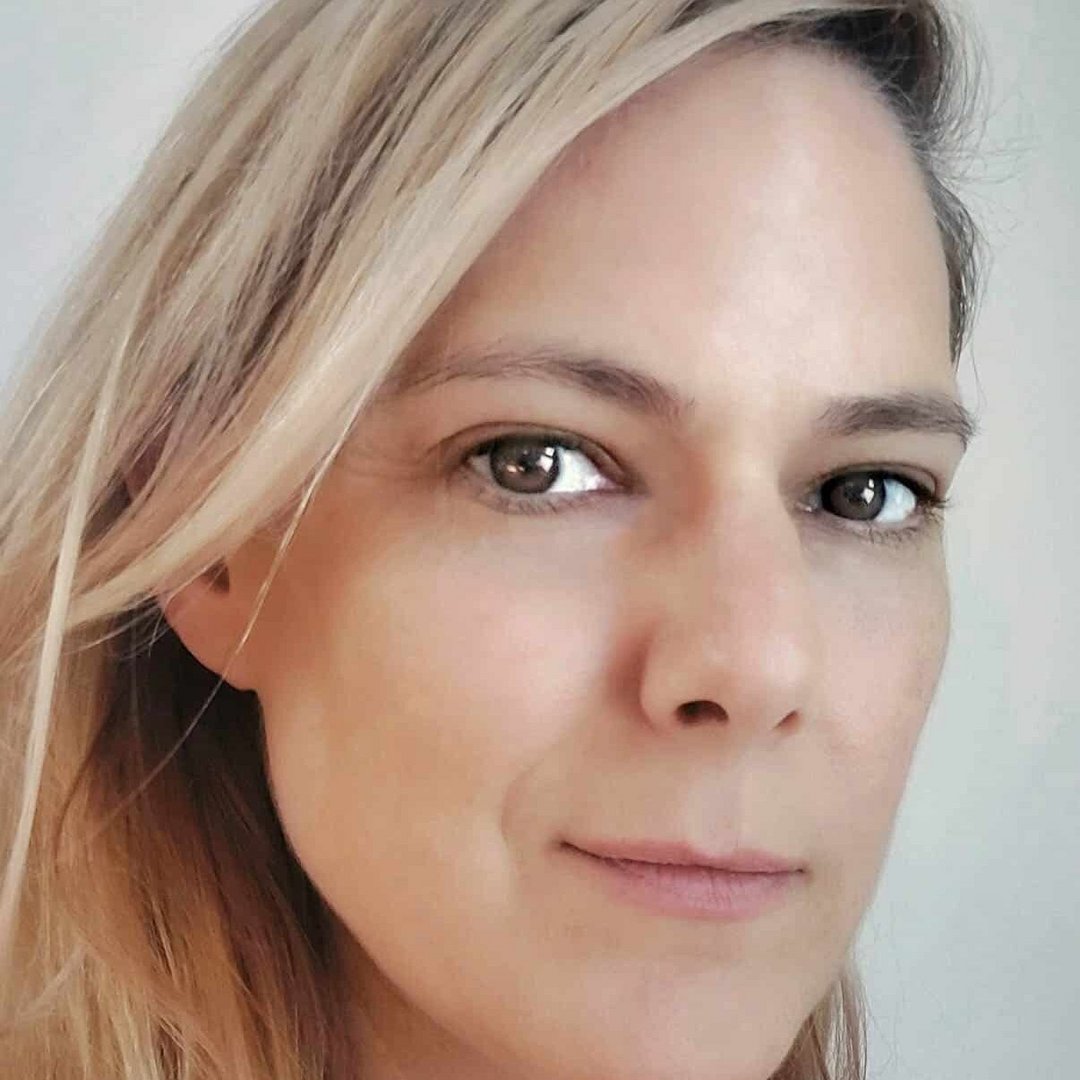
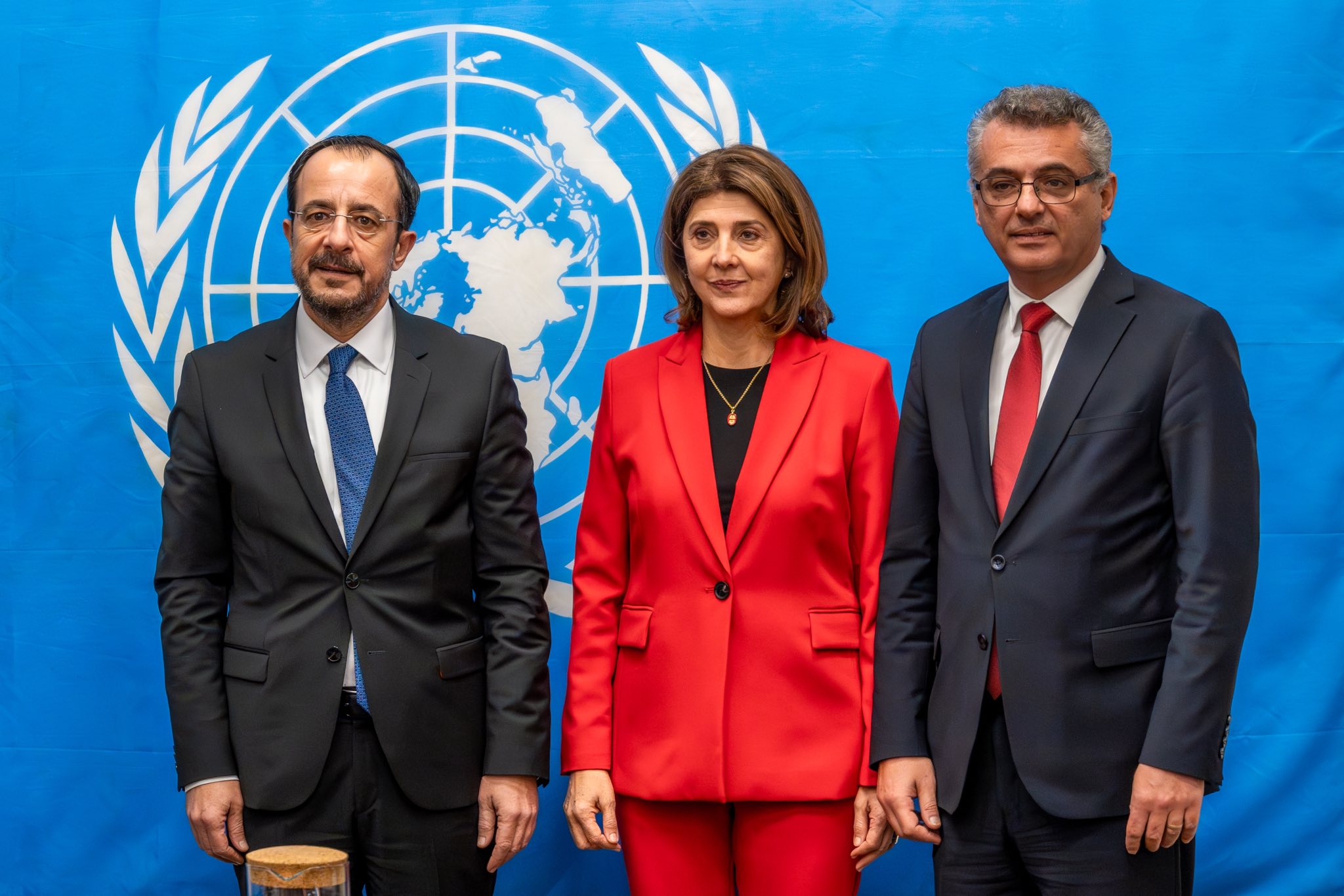
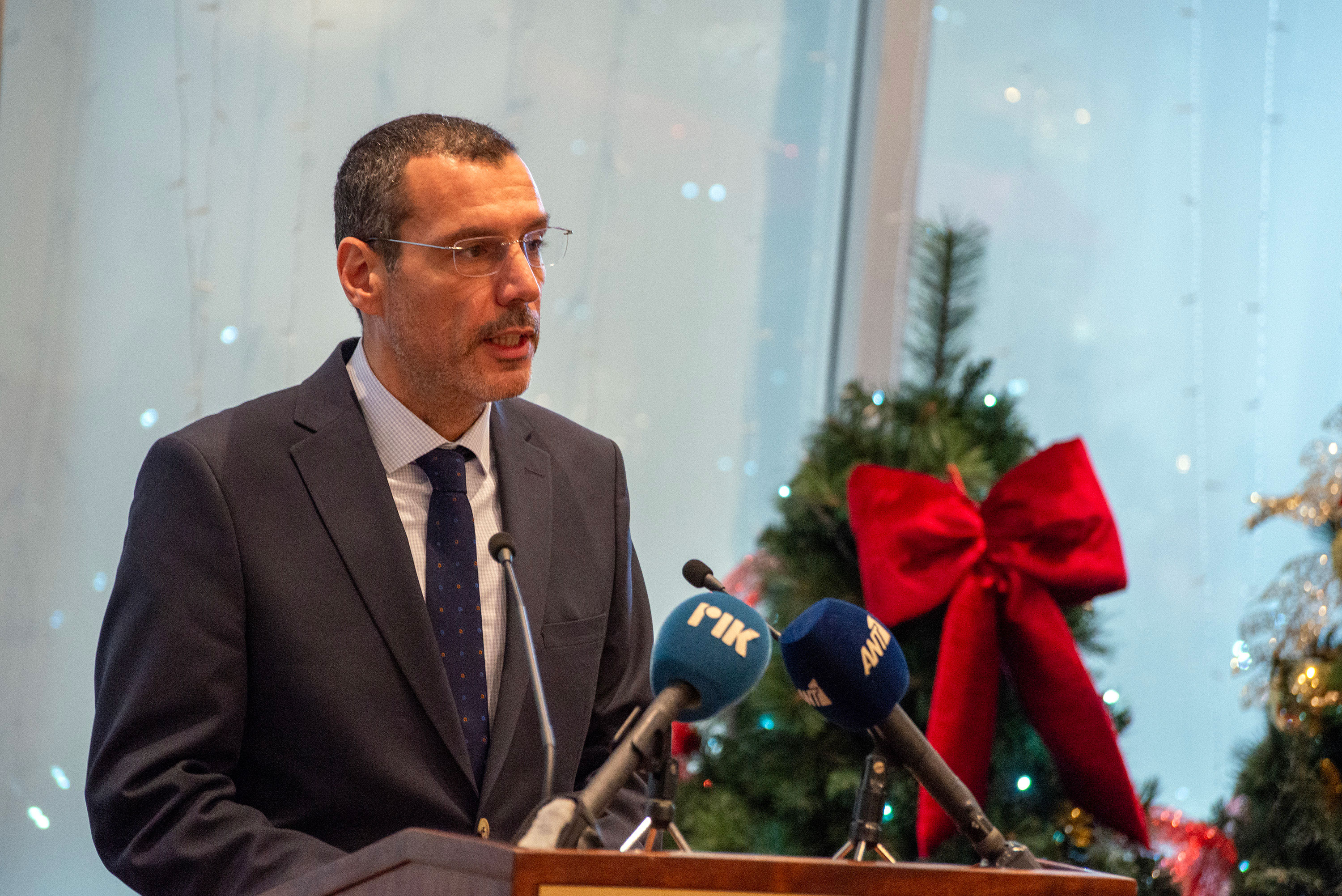
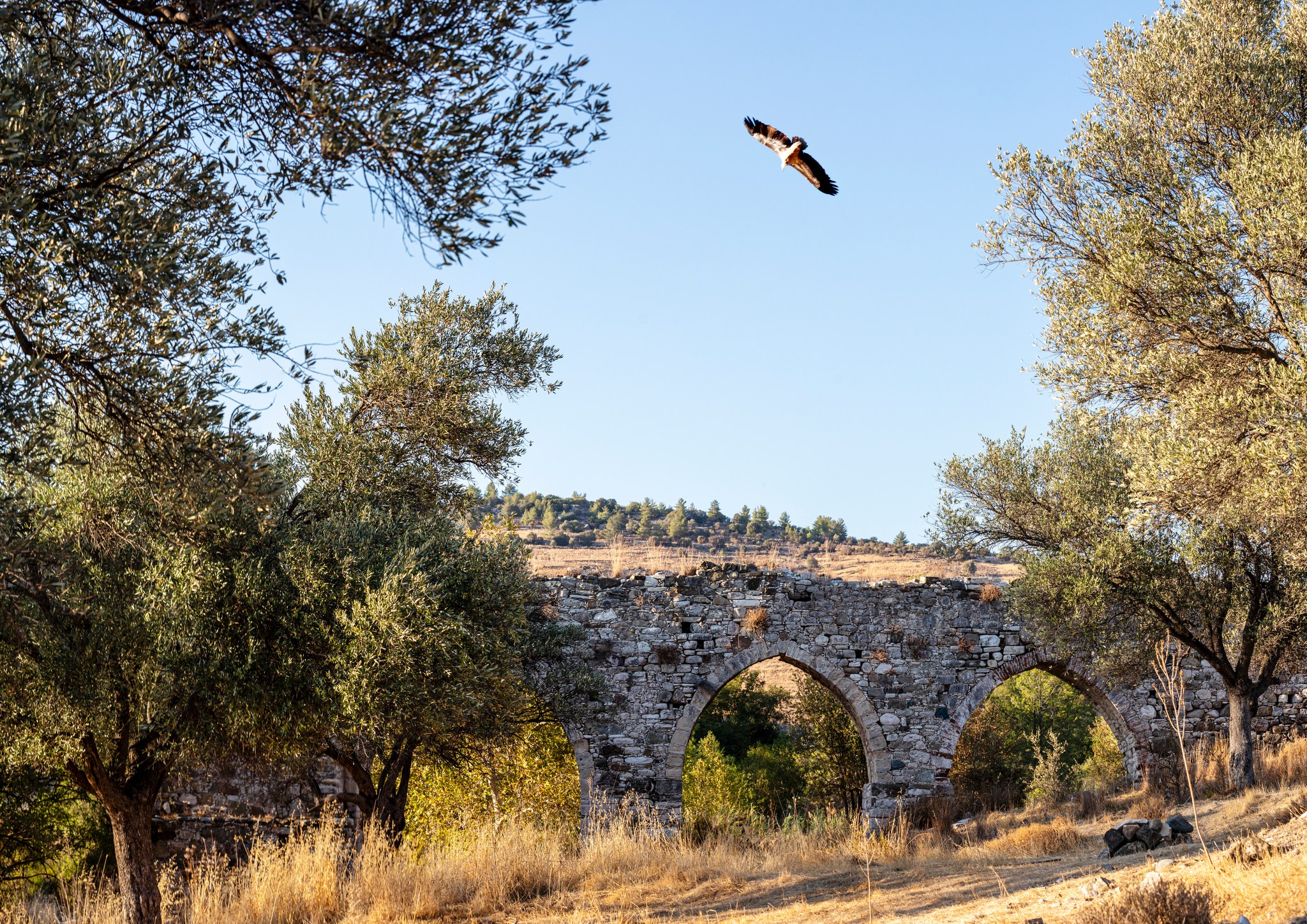
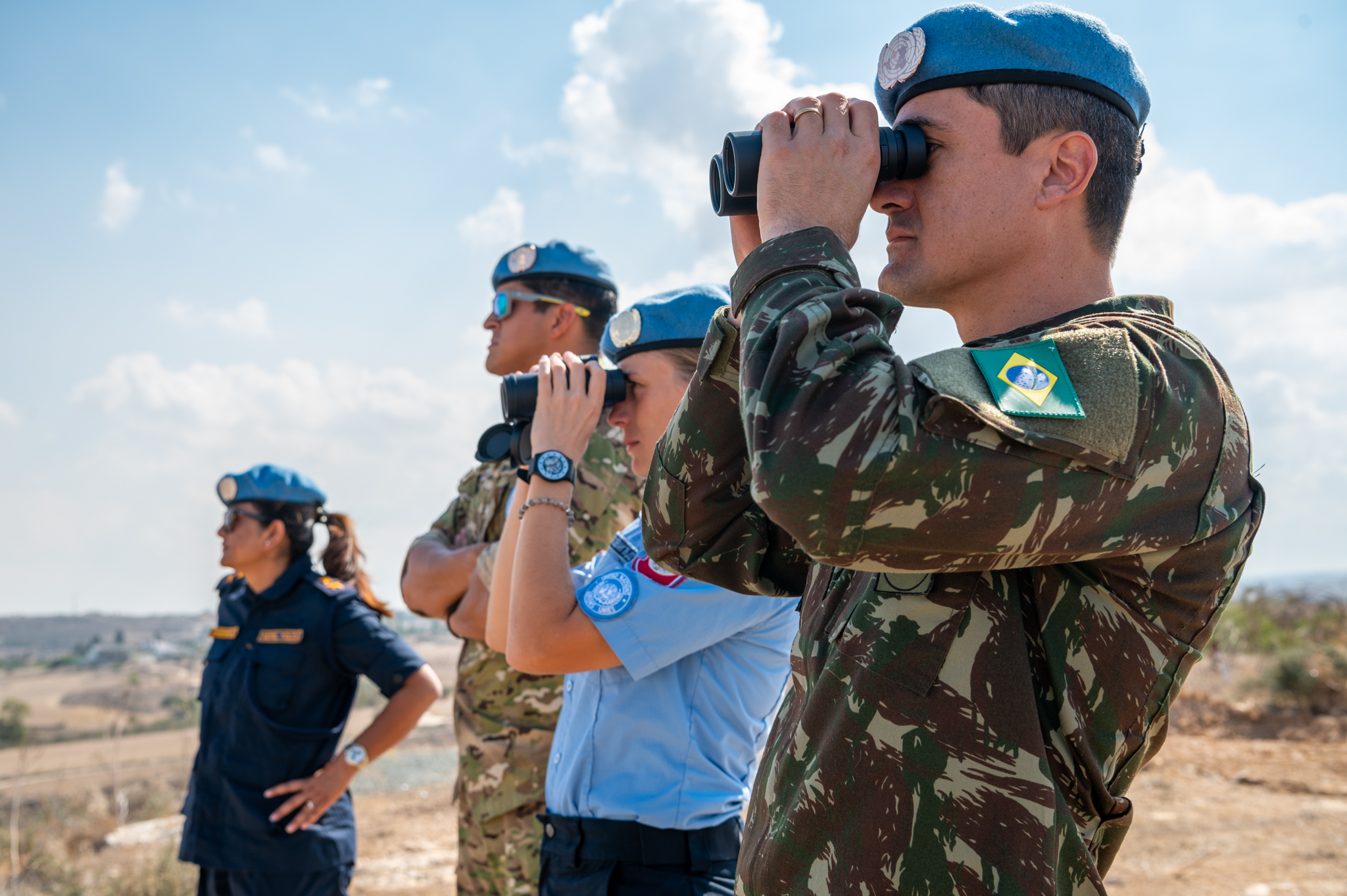
Click here to change your cookie preferences